- Home
- About Us
- Join/Renew
- Member Benefits
- Member Pages
- Log In
- Help
- Museum Store
Chris, good info-thanks for keeping us updated!
Chris,
Pierce-Arrow might have had some casting issues with 1931 intake manifolds. Three years ago I noticed a large piece of the cast starting to separate from my 1931 intake. The separated piece was the depth of the intake and 0.25 inches deep in one spot (sorry, not the best photo).
Luckily, I had purchased a spare intake and exhaust manifold assembly six months before I noticed the problem with the manifold on the car. The spare exhaust manifold had been welded 40 years ago, but the intake was in good shape.
When I first bolted the new intake to the exhaust manifold from the car, I had an approximate five degree misalignment of the intake and exhaust ports on the manifold assembly. A five degree difference is a lot over the length of a Pierce eight cylinder! With a fair amount of grinding and creative gasket work between the exhaust manifold from one assembly and the intake from another, I was back on the road.
I assume that the alignment issue that I ran into was due to slight original casting differences, Pierce-Arrow may have picked mating pairs at the factory and general warping differences on two different manifold assemblies over 30 plus years of use.
Unfortunately, I think that all 1930 through 1932 Pierce owners are living on borrowed time with original manifolds (intake and especially the exhaust manifolds).
Happy New Year to all PAS members!
John
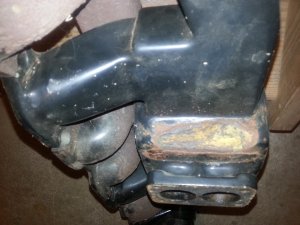
See Dave Murray for new units made with superior cast metal. Sooner or later the old units crack and repairs are only temporary. The new welds are stronger than the old metal and it will crack in another place. Sand blasting or scraping the surface of these old castings is also not wise. This breaks the surface tension on the metal and uneven internal stresses will snap the units, like tempered glass shatters when it’s surfaced is damaged. I speak from sad experience.
It’s alarming to see how many cars have bad manifolds on them. Almost every time I go to look at a PA for sale the Stromberg carb castings are failing or the manifold looks like it was welded by a fifth grade welding class. Cast iron heads are not too far behind. Many years ago the manifolds were reproduced and sold for very reasonable money. The molds were no longer serviceable after 125 or 150 were made. Now Dave M. is making VERY NICE manifolds, but with modern times and patterns they are not inexpensive. (But they are worth every penny.) I think he needs to make them in batches of 10, and thus the wait for production can take a while. If everyone who had a factory manifold ordered one I bet the price would drop by more than half. All of us are at risk of not being able to drive our car if we don’t support the projects that others are trying to manufacture. If you think spare parts on the shelf are expensive, wait until lack of available parts (reproduction) cause the price of the cars to fall. Support the hobby and the club, and many future generations will enjoy the cars.
Spent a few days driving around in Palm Beach in the sunshine. Couldnt find a new rental car so we had to use this one. Ran fine and got a lot of looks at the beach. Ed
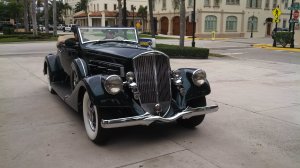
Here here Edgar!! I have one of Dave’s manifolds which I bought back in 2013. MAGIC! The old one was the consistency of well matured cheese! Another answer is a bunch of bananas extractors & 4 SU carbys & weld your hood shut to avoid negative feed back!!!
One of our Aussie Pierce- Arrow guys has gone the extractor route. BUT he is 82 years old & wants to get as much driving as possible!! The mod works VERY well as he has also inverted the inlet manifold & fitted a modern twin throat downdraft carby. It’s ALL about driving the car! If owners do not (as Ed says) have a spare manifold on the shelf they could all be using the extractor solution. Enjoy your Yankee COLD!!-Jak.
Jak, can you post a photo of what an ‘extractor’ is ?? I’m thinking a welded up ‘header-type’ steel tube exhaust manifold ?
In 1933,Pierce went with a much better downdraft intake and round-tube exhaust manifold.. both are still restrictive by todays standards,, I’m sure the cross section of the exhaust passageway is about half what a 366cubic inch engine has today..
Greg L
Edgar,
It appears you seemed to have escaped this deep freeze that has the rest of the country reeling?… Must be nice!… Enjoy!…
Curtiss
Curtiss….most days were in the high 70’s to mid 80’s. One day it only went up to 65 but we still kept the top down. The photo was taken on Worth Ave. one of the most exclusive shopping areas in the US. Lunch was around 85 per person there so we went over to West Palm for a sandwich and it was only 15 bucks. I guess all of the PAS people like a bargain! My best to all and keep posting those winter project photos! Ed
I will post a photo shortly Ed. Like when I find it in my shambles!!
You yanks have different terms for things than we do here in OZ. Hood for bonnet, top for hood, fender for mudguard, exhaust headers for extractors, etc. We follow the English, (Pomms in Aussie!)terminology.
We recently thrashed the Pomms at cricket and won The Ashes!! All strange language. At least you & us call a wheel a wheel!!—-Jak.
Oh, Jak, there are more!
Wrist pin for Gudgeon pin; Cotter pin for Split pin; Dashboard for Facia; Oil pan for Sump.
Bill
Plus the electrical systems are Positive Earth!
A new Pierce for my collection.
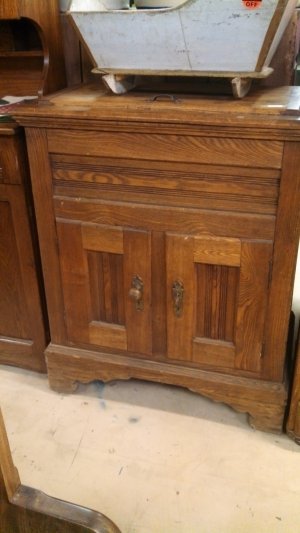
Another shot
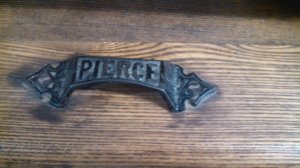
Last one.
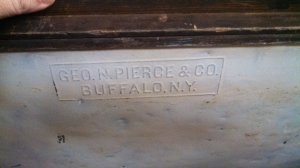
The English (&hence English cars in Australia had positive earth well into the 60′. My everyday driver, 1964 Austin Healey Sprite is Pos to earth.
The American Pickers were at the same stop as we were the day before.
Ed, your beautiful car that day outclassed any modern car on Worth Ave that day.
That car is stunning.
Craig, not my car. It belongs to a friend. It was a real treat to drive it around.
As our road trip adventure continues, we just picked up a 34 1240A club sedan thats been locked up in the garage for 51 years. It’s not been seen by any club member that we can determine. Off to check out another barn find today, a 840 club sedan. Not sure if this one is in the club records. Home tonight at midnight.
